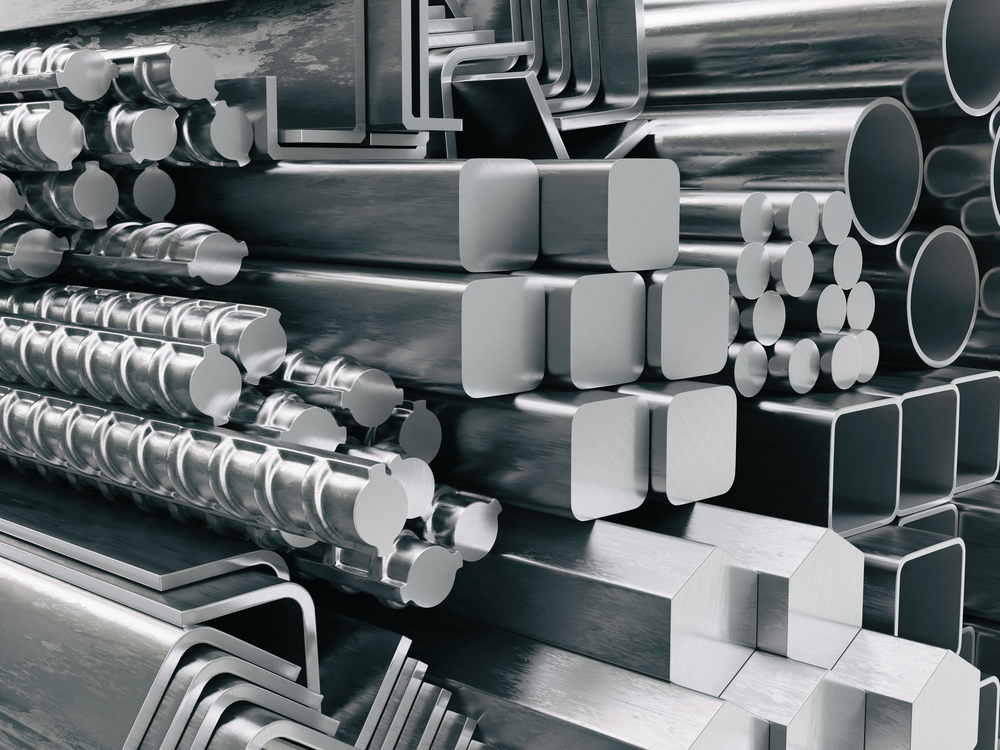High-quality ferritic stainless steels have been around for many years, and a series of commercial grades with excellent performance have been formed.
430 stainless steel used to be the only approved ferritic grade in the early days, but the use of this grade by early users, especially in welding or severely corrosive conditions, did not receive sufficient technical support, and some incidents occurred that later The misconception that ferritic stainless steels have poor performance and austenitic stainless steels are excellent.
In fact, ferritic stainless steel has been improved very early. The comprehensive support of modern technology and the increase and diversification of steel grades can guarantee the performance to meet the needs of users. The performance of ferritic stainless steel can be compared with that of austenitic stainless steel. It is wrong to think that ferritic stainless steel has poor performance or particularly good performance. They are only different in performance and use.
In fact, ferritic stainless steels are becoming a better choice than more expensive materials under many conditions. This type of stainless steel is more suitable for some environmental conditions with special requirements, and the performance is neither high nor low, just meeting the requirements.
1. Excellent formability
Ferritic stainless steels are as ductile as carbon steels and are fine for most forming operations, but not as ductile as austenitic stainless steels. Austenitic stainless steels have superior ductility, but in many cases are "superior properties".
Ferritic stainless steels and carbon steels exhibit the same formability. So, just think that carbon steel can now be machined into a variety of complex shapes (such as car bodies), and you realize the same possibilities exist for ferritic stainless steels. Ferritic stainless steels can be machined into a variety of shapes, provided the correct tool and grade are selected.
2. Unique magnetic properties
A common misconception about ferritic stainless steels is that because ferritic stainless steels are magnetic, these types of steels are not "true" stainless steels and will rust like carbon steels. It doesn't make sense. The real reason some stainless steels are magnetic and some are not is the difference in their atomic structure. Corrosion resistance is not related to the atomic structure, but to the chemical composition, i.e. the specific chromium content. And magnetism has nothing to do with corrosion resistance.
In fact, the magnetic properties of ferritic stainless steels are one of the important properties of this material, with many current or potential uses and advantages. Refrigerators and the closure of knives and other metal tools take advantage of this property. In practical applications, the basic performance of the pot in the "induction heating" cooker is magnetism, because its heating process is the process of converting the magnetic energy of the cooker itself into thermal energy.

3. Unique technical advantages
Ferritic stainless steel is a particularly durable and low-maintenance material, has a much lower life cycle cost than carbon steel, and is 100% recyclable.
Compared with carbon steel, ferritic stainless steel has all the advantages of stainless steel: corrosion resistance, low life cycle cost and long life. In addition, compared with similar steel grades of austenitic stainless steel, its advantages are not limited to its low cost. In fact, ferritic stainless steel is superior to austenitic stainless steel in many properties.
The unique "trump card" properties of ferritic stainless steels:
① Ferritic stainless steel is magnetic.
② The thermal expansion rate of ferritic stainless steel is low (the degree of expansion during heating is less than that of austenitic stainless steel).
③ Ferritic stainless steel has good high temperature oxidation resistance (compared with austenitic stainless steel, it is not easy to form scale on the surface).
④ Ferritic stainless steel has high thermal conductivity (thermal conductivity is more uniform than austenitic stainless steel).
⑤ Ferritic stainless steel containing stabilizing element niobium has good creep resistance (the strain under long-term stress is smaller than that of austenitic stainless steel).
⑥ Ferritic stainless steel is easier to cut and machine than austenitic stainless steel (the cutting of austenitic stainless steel requires special tools and high-power machinery, resulting in greater tool loss).
⑦ During cold forming, the springback tendency of ferritic stainless steel is much smaller than that of austenitic stainless steel.
⑧ The yield strength of ferritic stainless steel is higher than that of 304 stainless steel (equivalent to carbon steel).
⑨ Ferritic stainless steel is not prone to stress corrosion cracking.
4. Match is perfect
Under the current market conditions, when users select materials for a specific application environment, they must first avoid "excessive performance" when selecting materials.
In the past development, austenitic stainless steel 304 has become the most widely used and most accessible stainless steel grade due to its wide applicability. As long as the material is selected reasonably, modern ferritic stainless steel can often effectively replace 304 stainless steel.
After careful and practical examination of the quality of manufacture and use, the results show that the cost-effective ferritic stainless steel is sufficient to meet the performance requirements of the processor and the end user.
Sometimes just a reasonable concession in use (such as advising the user to regularly clean the surface) can guarantee that these low-cost ferritic stainless steels will not be corroded at all over their lifetime.